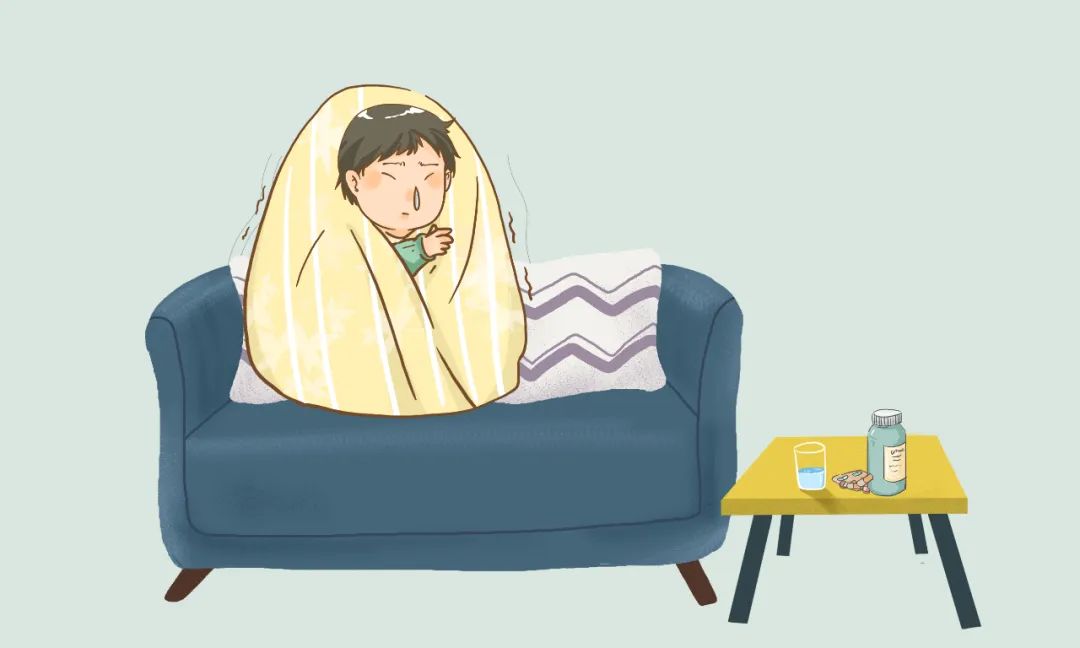It is very important to reduce the risk of mixed infection of respiratory diseases and do a good job of prevention
At present, mycoplasma pneumoniae, influenza, streptococcus pneumoniae and other respiratory pathogens are in the epidemic stage, many people are recruited, and some people have mixed infections with multiple pathogens. What is mixed infection? Who is prone to mixed infection? How to prevent it? Look at the authoritative answer.

What are the more popular pathogens at present?
Autumn and winter are the seasons with high incidence of respiratory infectious diseases in children. In addition to mycoplasma pneumoniae infection, influenza virus, adenovirus, respiratory syncytial virus and so on have appeared one after another. This is in line with the previous fashion trend.
At present, the most popular pathogens are mycoplasma pneumoniae, influenza virus, respiratory syncytial virus and streptococcus pneumoniae. These respiratory tract infections usually have symptoms such as cough, expectoration, runny nose, fever and general fatigue.
Mixed infection means that more than two pathogens are infected at the same time. Most clinical "mixed infections" are mainly the combination of viruses, bacteria and mycoplasma.
Who is prone to mixed infection?
Children, the elderly and people with basic diseases are susceptible to respiratory diseases, and they are also more prone to mixed infection of multiple pathogens. Children should strengthen protection, avoid cross-infection, avoid contact with patients, and reduce the chance of being infected.

There is mixed infection, how to treat it?
After mixed infection, early differential diagnosis is very important. Now most medical institutions can detect influenza virus, Covid-19 and mycoplasma, which is helpful to implement targeted treatment as soon as possible.
If influenza or Covid-19 is complicated with mycoplasma infection or bacterial infection, it is usually necessary to add antibacterial drugs, and at the same time give symptomatic treatment such as fever reduction, cough relieving and phlegm elimination, but the use of antibacterial drugs needs the guidance of doctors. For most patients, after taking medicine, drinking plenty of water and taking enough rest according to the doctor’s advice, the condition can be relieved in 1 to 2 weeks.
If the fever lasts for more than 72 hours or the body temperature exceeds 40℃, or if you cough frequently, it will affect your normal life, or if you have symptoms such as chest pain, wheezing, hemoptysis, shortness of breath or dyspnea, poor spirit and frequent vomiting, you should go to the hospital in time.
How to prevent mixed infection?
Vaccination against influenza is a safe and effective way to prevent influenza, which can effectively reduce the risk of influenza virus infection, hospitalization and serious illness and death in autumn and winter. It is recommended that all ≥ People who are 6 months old and have no vaccination contraindications are actively vaccinated against influenza.
In daily life, you should wash your hands frequently, open more windows for ventilation, cover your nose and mouth as much as possible when coughing or sneezing, and wear a mask when necessary. During the epidemic period of respiratory diseases, try to reduce going to places where people gather.
Keep enough sleep and eat high-quality protein and foods rich in vitamin A and vitamin C in your diet. Do a good job in family hygiene. If any family member has respiratory tract infection, pay attention to isolation. People with chronic respiratory diseases or other chronic basic diseases should try their best to reduce going to places where people gather.
Audit: Wang Quan, an expert in the national health science expert database and chief physician of the Department of Critical Care Medicine, Beijing Children’s Hospital affiliated to Capital Medical University.
Planning: Yu Yunxi Wang Ning